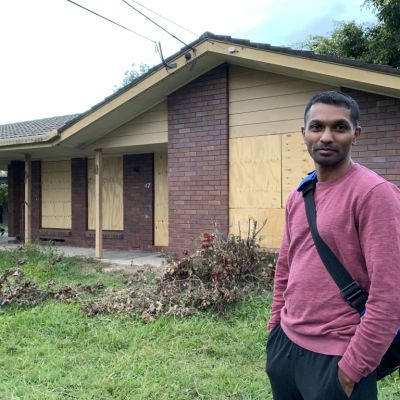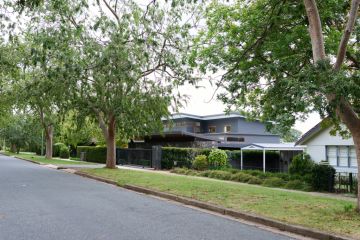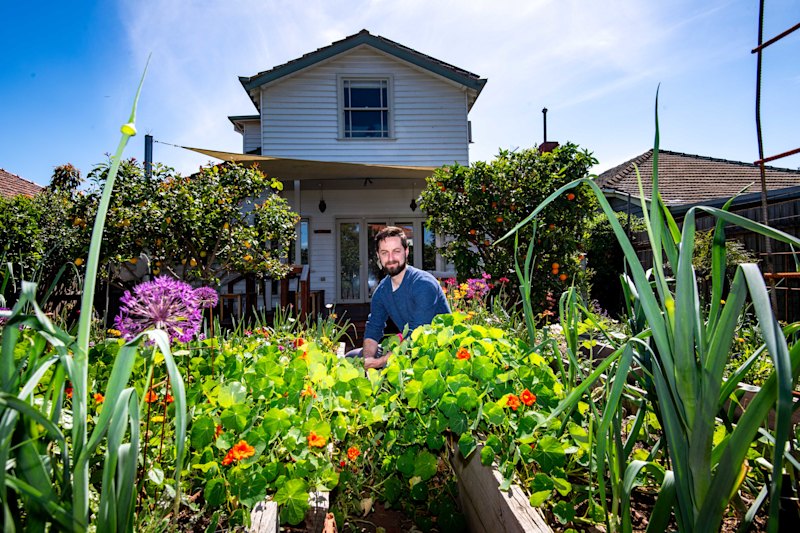How do derelict houses and renovator's dreams get into such a bad state?
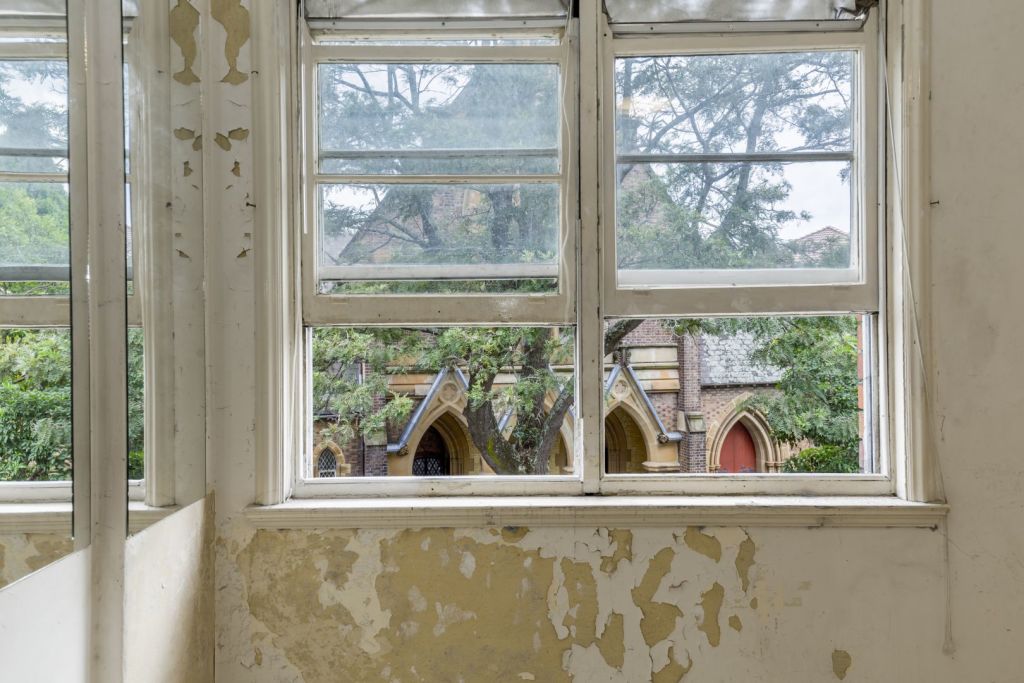
Ever seen a derelict house and wondered how it got into such a bad state?
A string of rundown homes have recently come up for sale, with problems from peeling paint to extensive cracks across the walls.
One cracked home in Melbourne sold at auction for almost six figures above reserve, while an ageing apartment drew a crowd of 180 when it sold under the hammer. In Sydney, a bargain basement studio was offered to the market in need of a major renovation and in Brisbane an unliveable home sold at auction after no inspections were allowed.

Leaking water and ageing paint are among the biggest culprits in derelict properties, while construction techniques in older homes can cause problems, experts say.
“I’ve walked through houses and thought they were going to fall on me,” said Wendy Beauglehole, estimator at Damer Builders, which specialises in period homes in Melbourne.
“Maintenance is one of the biggest things.”
Regular painting is key, she says, with paint starting to thin with normal wear and tear if properties are not painted regularly, perhaps every five years.
Moisture then seeps into the timber, which can cause decay.
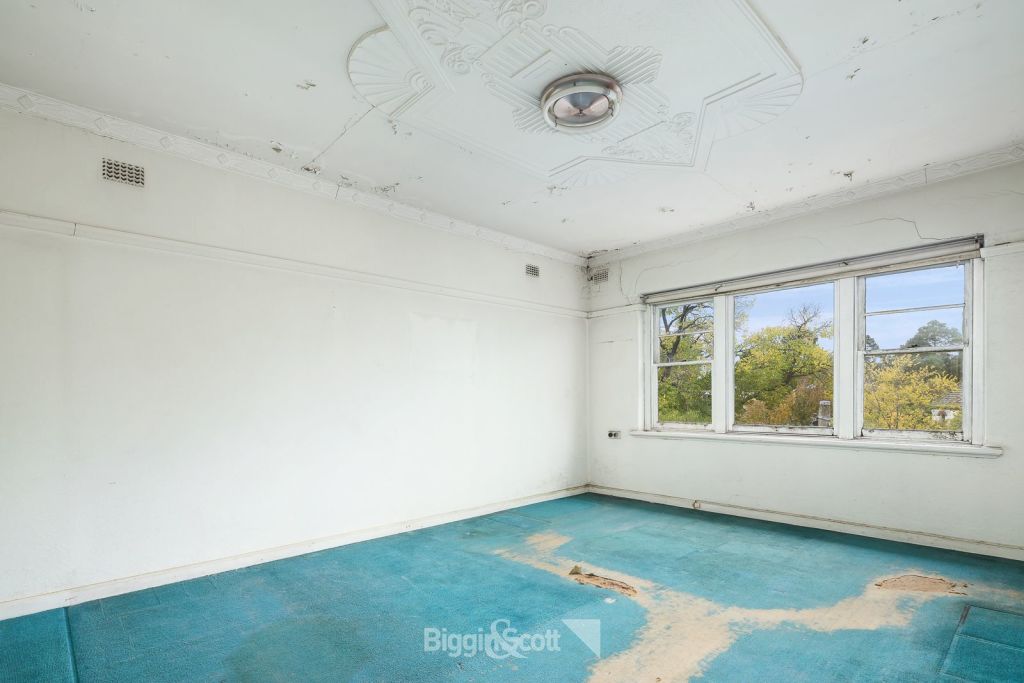
Older properties often did not have central heating so moisture would pool on the windowsills when rooms were not dried out properly, Beauglehole says.
And in the past window frames were often made of meranti, a timber that splits easily, she says.
“Now they use a lot of hardwood which is a lot better, a lot more resilient,” she says.
“Skirting and architraves in bathrooms, a lot of that was meranti, which moisture gets into which causes it to bow and split.”
Older bathrooms may not have been wet sealed, meaning water might seep through and crack the tiles over time.
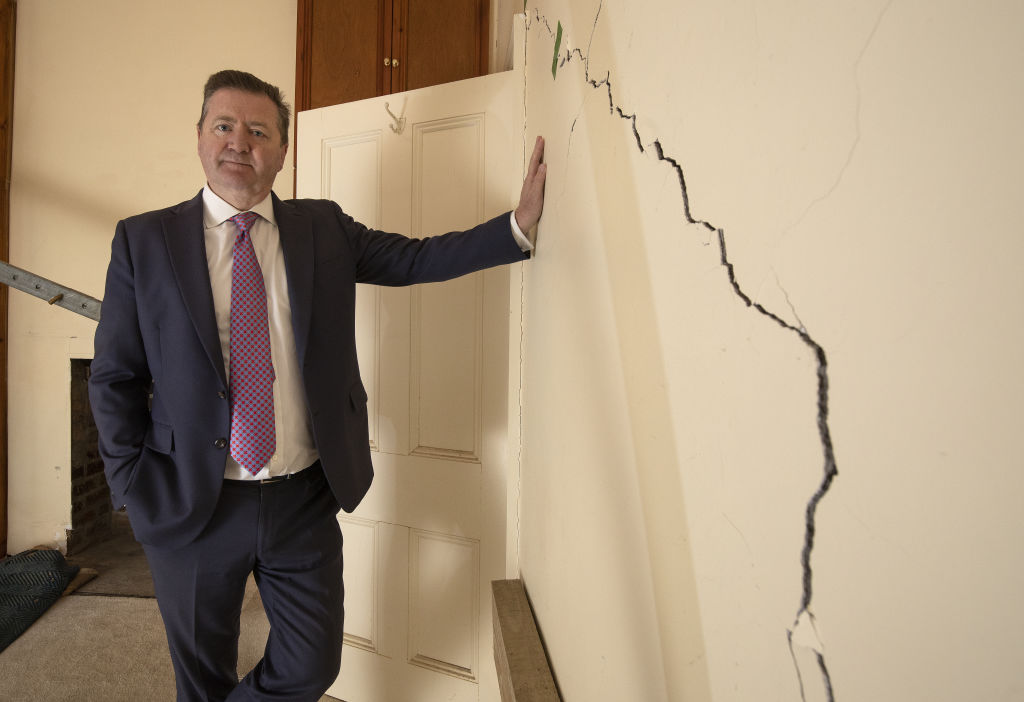
Despite the issues with older homes, the renovation market remains popular, says Mark Jennings, manager of Mastercraft Construction.
“Property neglect is the big issue,” he says.
“The main thing that people fall down [on] is outside maintenance, predominantly painting, from sun damage and water damage.”
Roof leaks, rusted gutters, and storm water systems that aren’t working properly can let water soak into the ground under the house, he says.
The extra water causes ground movement, followed by cracking to the house.
“You end up with cracks in plaster, and cracks in brickwork,” he says.
“A lot of your old homes in the suburbs of Melbourne, the stormwater system is under the ground, not up to scratch. They’re still the old earthenware which are generally not working optimally – there’s a lot of water leakage.”
Homes near the beach are susceptible to salt coming off the ocean which can cause steel to rust, but is less of a concern for timber homes, he says.
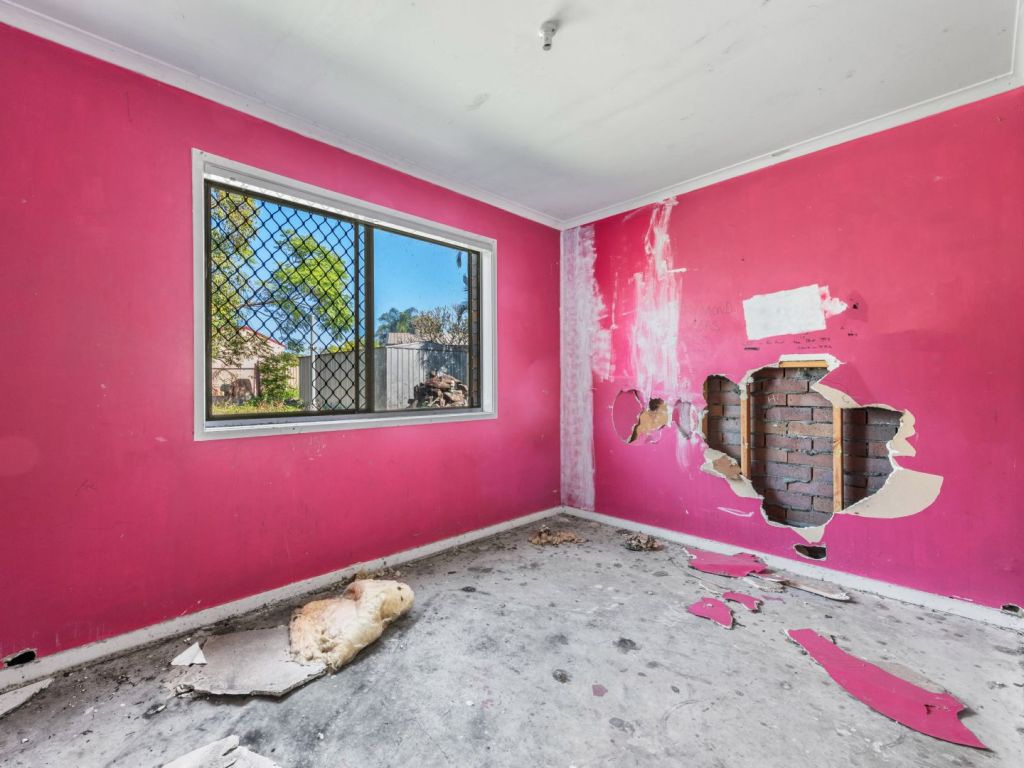
Cost can be an issue, says Julian Bickersteth, chief executive of Sydney-based International Conservation Services, which works to conserve historic buildings.
“Old houses are more expensive to maintain than newer houses,” he said.
“Old materials are often expensive to replace,” such as slate roofs, for example. “It’s a very expensive way of roofing but it’s critical to some old houses.”
He cites a rule of thumb that owners of new homes should spend between 1 to 3 per cent of the capital value of the property on ongoing maintenance, whereas for older homes the guide is 3 per cent and up.
“The single biggest issue is ground isolation, so you don’t get rising damp,” he said.
“A new house, you’d put on a concrete slab that would be isolated from the ground.”
But he cites a relative’s home in Adelaide, built on clay and constantly with cracks appearing.
“There’s foundations, but if the clay is expanding, contracting – if your ground is moving – your poor house is going to move as well.”
We recommend
We thought you might like
States
Capital Cities
Capital Cities - Rentals
Popular Areas
Allhomes
More



